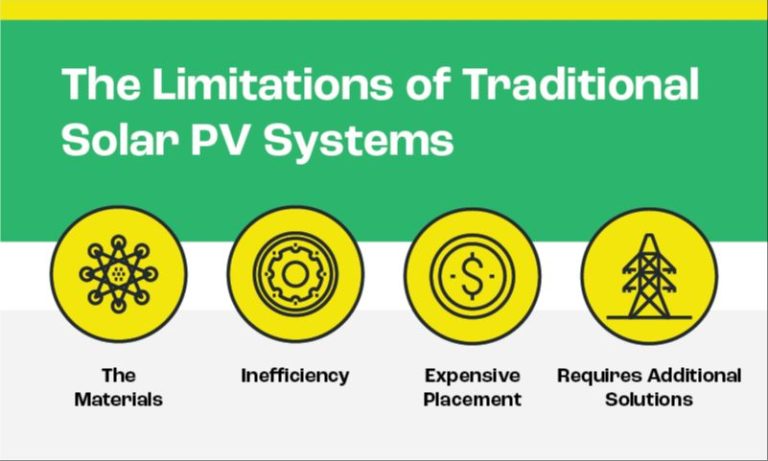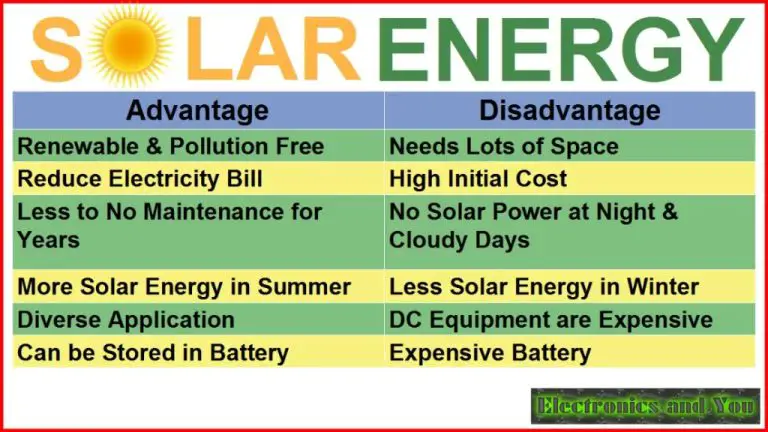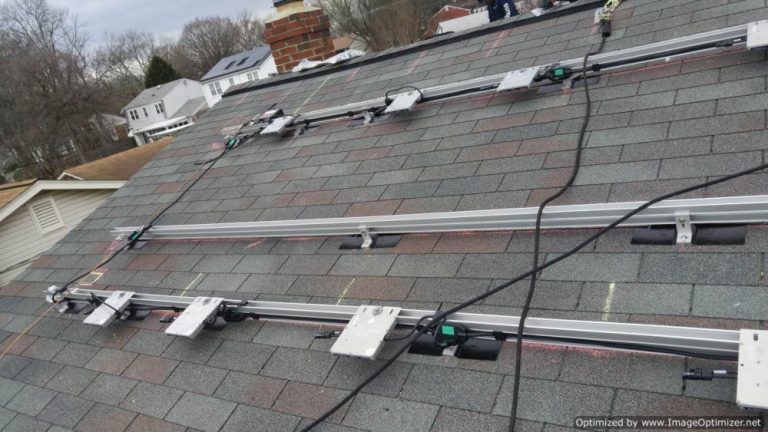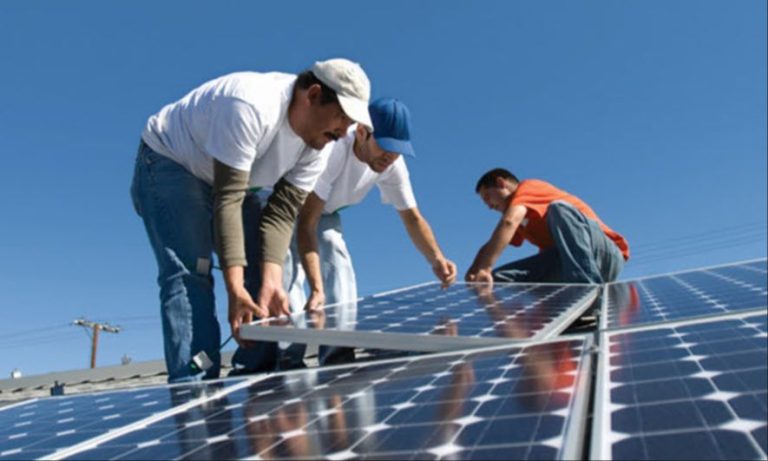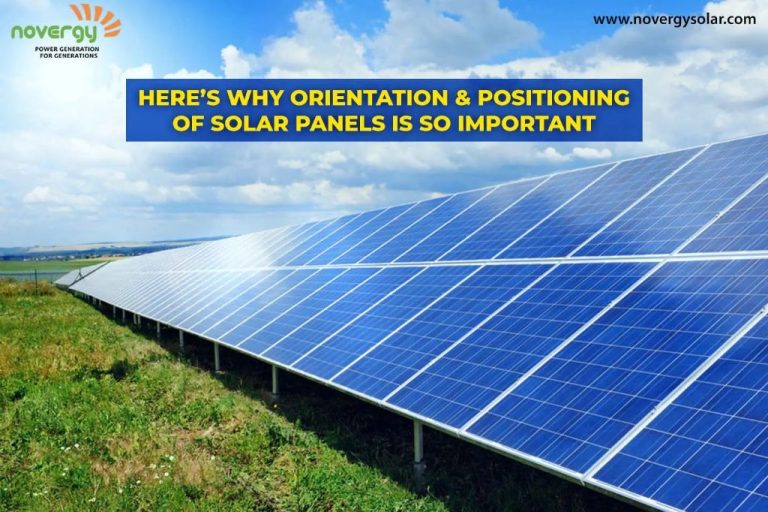Is Solar Energy Really Efficient?
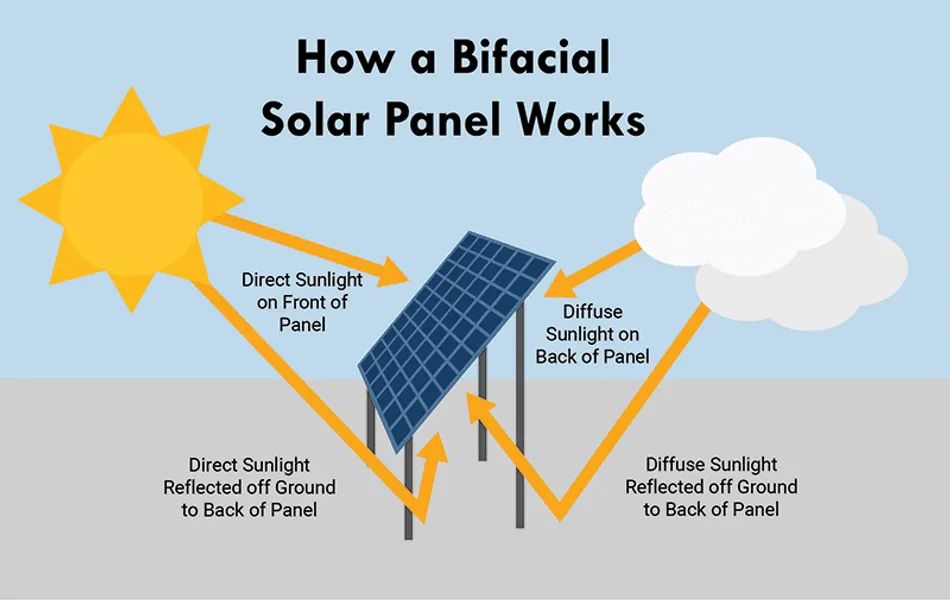
Solar energy has gained immense popularity as a renewable and clean energy source. Installing solar panels provides homes and businesses the ability to generate their own electricity. But an important consideration remains – just how efficient is solar energy?
Many have raised concerns that solar panels are not as efficient in the real-world as their laboratory ratings suggest. Factors like panel orientation, shading, and weather conditions can all impact solar panel efficiency. Determining true solar efficiency helps consumers make informed decisions about adopting solar.
In this article, we will examine how solar panel efficiency ratings are determined, what impacts real-world performance, and methods to maximize solar efficiency. Understanding the true efficiency potential of solar energy will reveal if concerns around its effectiveness are valid.
How Solar Panels Work
Solar panels work through the photovoltaic effect, which converts sunlight directly into electricity. When sunlight hits the solar panel, it excites the electrons in the solar cell material, causing them to flow and generate an electric current. The photovoltaic effect occurs at the atomic level as photons from sunlight knock electrons loose, allowing them to flow freely [1].
The most common material used in solar panels is silicon, which is semiconductor that is optimized to efficiently convert sunlight into electricity. The silicon atoms are doped with other elements to create an electric field within the solar cell. When sunlight strikes the solar panel, the energized photons hit the electrons in the electric field, knocking them free from their atoms and allowing them to flow as electricity [2].
Solar cells are wired together in modules to produce higher voltages, and these modules can be linked together to form solar panel arrays. The generated electricity can then be used to power homes, businesses or fed back into the grid.
Solar Panel Efficiency Ratings
Solar panel efficiency ratings refer to the percentage of sunlight that hits the solar panel and is converted into usable electricity. The efficiency rating is measured under laboratory testing conditions at a temperature of 25°C (77°F) and a solar irradiance of 1000 W/m2. Most residential solar panels today have efficiency ratings between 15-22%, with an average efficiency around 20% (Solar Panel Efficiency – Pick the Most Efficient Solar Panels).
There are several factors that affect a solar panel’s real-world efficiency:
- Temperature – Solar panel efficiency decreases as temperature increases. On hot days, efficiency can drop by up to 20% (Which are the factors that affect solar panels’ efficiency?).
- Shading – Even small amounts of shading can drastically reduce solar output. Keeping panels free from shade maximizes efficiency.
- Orientation and tilt – Optimally angling panels to face direct sunlight improves efficiency.
- Soiling – Dust, dirt, snow, and debris can block sunlight. Regular cleaning maintains efficiency.
Higher efficiency solar panels will produce more electricity under the same conditions than lower efficiency panels. However, higher efficiency comes at a premium cost. Installers analyze factors like roof space and electricity needs to determine the optimal panel efficiency for each home.
Real-World Solar Efficiency Considerations
While solar panel efficiency ratings provide a useful baseline, the real-world performance of solar panels is affected by many factors that can reduce the efficiency compared to optimal test conditions. Some key considerations include:
Panel orientation – Solar panels produce the most electricity when pointed directly at the sun. Panels fixed in a suboptimal orientation will produce less energy. According to a 2021 study, a 45 degree tilt angle from the optimal orientation can reduce efficiency by up to 20%.
Shading – Even minor shading from objects like trees or chimneys can significantly reduce solar output. One analysis found that just 25% shading on a solar panel can decrease efficiency by as much as 54%. Careful site planning is key to minimizing shading.
Soiling – Dust, bird droppings, pollen and other debris on solar panels can block sunlight. A dirty solar array may lose up to 25% of its efficiency. Regular cleaning helps restore performance.
Overall, real-world factors can reduce solar panel efficiency substantially compared to test conditions. Careful siting, orientation and maintenance is important to maximize efficiency.
Improving Solar Efficiency
There are several ways to improve the efficiency of solar panels beyond just the solar cell materials and design. Some key methods include:
New solar cell materials like perovskites can offer higher efficiency potential than traditional silicon cells. Recent research has achieved over 25% efficiency in perovskite solar cells, nearing the maximum efficiency of silicon cells (source). As perovskite technology matures, it could enable more efficient solar panels.
Solar concentrators use mirrors or lenses to concentrate sunlight onto a small solar cell area, requiring less solar cell material while increasing efficiency. Concentrators must track the sun for optimal performance. Recent prototypes have demonstrated over 50% efficiency with concentrators (source).
Solar trackers orient solar panels to directly face the sun throughout the day, improving their energy capture. Single-axis trackers that move on one axis can boost efficiency around 30%, while more complex dual-axis trackers can improve efficiency over 40% (source). Trackers do add cost however.
By combining advanced materials, concentrators, and trackers, there is still room for meaningful solar efficiency gains beyond today’s typical 15-22% silicon panel efficiencies.
Cost Efficiency of Solar
The cost efficiency of solar energy deals with comparing the total costs of a solar panel system versus the amount of electricity it generates over its lifetime. This lifetime cost analysis is crucial for determining if solar power can compete with conventional electricity sources. According to analysis by the National Renewable Energy Lab (NREL) and U.S. Department of Energy, the costs of solar photovoltaic systems continue to decline thanks to technology improvements, manufacturing expansions, and market competition.12
The metric used to compare costs versus electricity production is called the levelized cost of energy (LCOE). This calculates the overall lifetime costs of building and operating a solar installation divided by the total energy output. Factors included are capital costs, operations and maintenance, financing costs, incentives, solar resource availability, and panel degradation rates. In optimal conditions, recent utility-scale solar projects have achieved LCOEs as low as $0.03 per kWh, competitive with the operating costs alone for fossil fuel plants.
For residential and commercial installations, upfront costs are still higher than grid electricity in most areas. However, costs continue to decrease while electricity rates rise. Analysis shows that over a system’s 25-30 year lifespan, lifetime savings compared to grid electricity can make solar power cost-effective. There are also tax credits, performance-based incentives, and financing programs that can improve the economics further. Overall, as solar costs fall and fossil fuel plant costs increase, solar electricity is becoming cost competitive across more applications.
Environmental Impact Efficiency
Solar power allows clean energy to be generated from the sun without producing any air pollution or greenhouse gases when the panels are in operation (1). This gives solar power a distinct environmental advantage over fossil fuel sources that burn gas, oil or coal. However, manufacturing solar panels does have some negative environmental impacts that should be considered.
The main concerns around solar manufacturing are the energy required to produce the panels, the materials used, and dealing with panel disposal at end of life (2). Producing solar panels is an energy-intensive process, but most analyses find that the panels can generate more clean energy over their 25-30 year lifespan than was used to manufacture them. The exception is thin film panels which are less energy efficient (3).
Solar panels also utilize rare earth metals that require mining. However, the small amounts used per panel are negligible, especially compared to batteries for energy storage. Proper recycling at end-of-life can also recover most materials for reuse. Overall, when comparing the full lifecycle impacts, the emissions from solar energy systems are estimated to be up to 200 times lower than conventional fossil fuel sources (1).
In summary, while solar panel manufacturing has some environmental concerns, the net impact over the system lifetime remains hugely positive compared to fossil fuels. The clean energy produced outweighs the upfront manufacturing costs.
Sources:
(1) https://www.eia.gov/energyexplained/solar/solar-energy-and-the-environment.php
(2) https://www.energy.gov/eere/solar/solar-performance-and-efficiency
Future Solar Efficiency Potential
Several emerging technologies show promise for drastically improving the efficiency of solar panels in the future.
Multi-junction solar cells made from multiple layers of semiconductor materials can absorb and convert more of the solar spectrum into electricity. Researchers at the National Renewable Energy Lab recently set a world record of 47.1% efficiency for a six-layer multi-junction cell under concentrated sunlight (Nature). While expensive presently, further optimization could enable over 50% efficiency.
Concentrated photovoltaics (CPV) utilize lenses and curved mirrors to focus sunlight onto small high-efficiency multi-junction cells. CPV systems can achieve over 40% efficiency by leveraging ultra-efficient cells. However, CPV requires direct sunlight and precise solar tracking.
Continued research and development of novel materials like perovskites offer potential for better stability and performance. With sufficient investment in manufacturing improvements, emerging technologies like these could substantially increase solar efficiency in the future.
Conclusions
In summary, while solar panels have improved in their efficiency over the years, there remains challenges and tradeoffs in evaluating real-world solar efficiency. On paper, solar panels can convert 15-22% of sunlight into electricity. However, solar efficiency depends on many factors like panel material, size, tilt angle, tracking systems, cloud cover, temperature, and geographic location. Overall, for most residential and commercial installations, you can expect 10-20% end-to-end system efficiency.
To improve solar efficiency, using monocrystalline silicon panels, cooling panels, tracking systems, concentrating solar power, and pairing solar with batteries can help. But these add to system costs. Ultimately, solar power can be a cost-efficient and environmentally-friendly energy source for many situations despite efficiency limitations. With continuing advances in solar technology and energy storage, solar’s efficiency profile should continue improving in the future.
References
[Author, A. A.] [Title of source 1]. [Publisher name], [Year published]. [URL or DOI]
[Author, B. B.] [Title of source 2]. [Publisher name], [Year published]. [URL or DOI]
[Author, C. C.] [Title of source 3]. [Publisher name], [Year published]. [URL or DOI]

